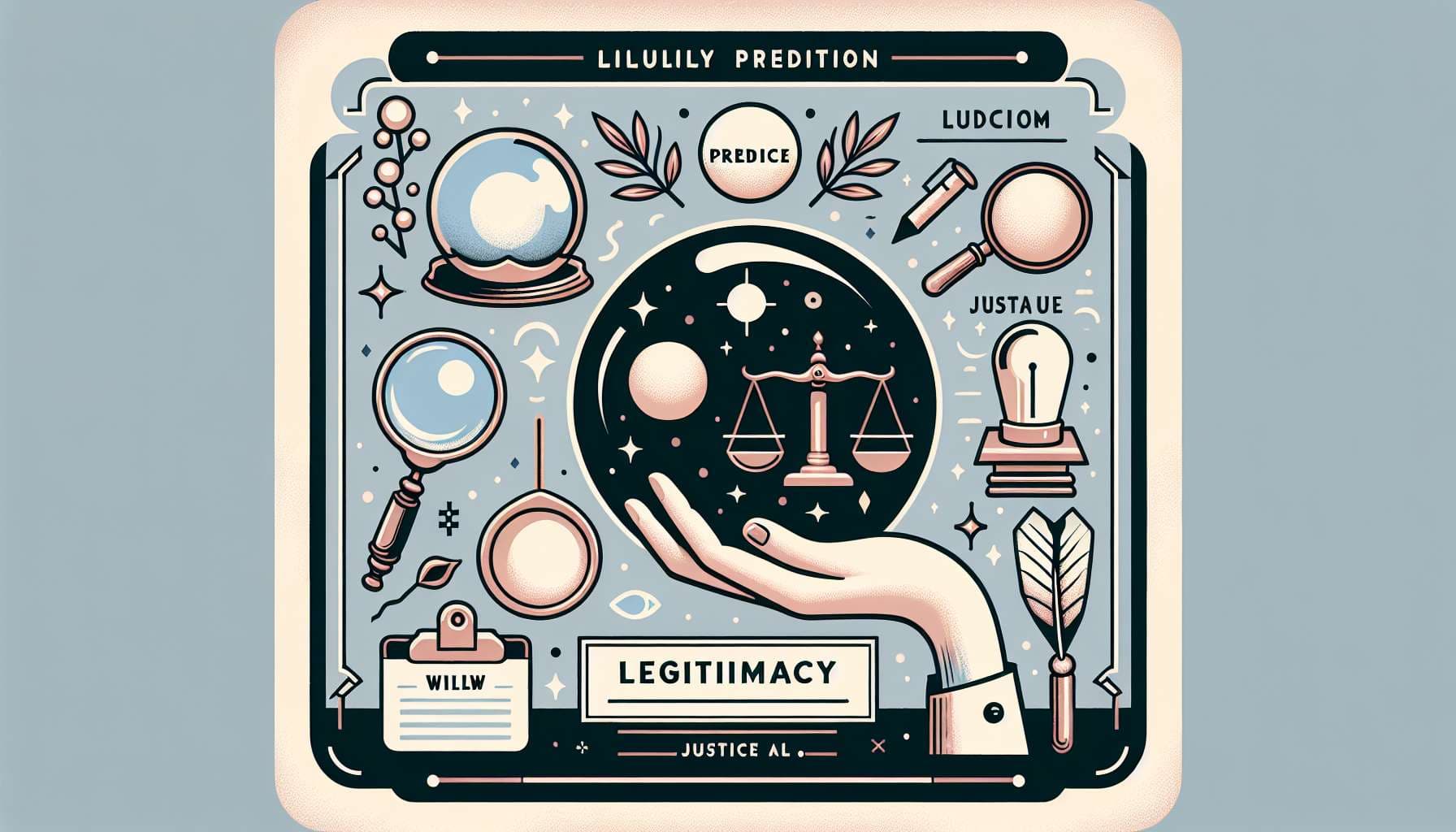
Google just published an announcement about a new quantum chip they've developed. The language is very strong, very hype, and I want to figure out if this is something real, or just marketing.
So: if by the end of 2025 I feel like Willow is the massive breakthrough that the post and paper make it out to be, I will resolve YES. Otherwise, I'll resolve NO.
Since this is extremely subjective, I will not trade in this market.
Here is the blog post.
Here is the paper.
Some things that will make me resolve this market as YES:
Concrete Industrial Use Case Exceeding Classical Methods:
A recognized industry leader (e.g., a top pharmaceutical company, materials firm, or national research lab) announces that using Willow’s quantum capabilities has led to a tangible improvement in a practical, real-world problem (e.g., faster drug candidate screening or more accurate materials simulations) that they could not match with classical computing resources.
Notable Increase in Quantum Ecosystem Investments Due to Willow’s Performance:
Public financial data or reputable market analyses show that Willow’s demonstrated capabilities directly prompted at least one substantial (> $10M) round of investment in startups or research collaborations that rely specifically on Willow’s performance metrics.Repeatable Quantum Advantage Demonstrations Beyond Random Circuit Sampling:
At least one benchmark known to have potential commercial or scientific value (beyond a mere complexity demonstration like random circuit sampling) is performed on Willow, documented in a peer-reviewed paper, showing at least a 10x speedup or accuracy improvement over the best-known classical approach.Not sufficient for YES (but not immediate NO either):
Incremental Improvement Over Their Own Previous Chips
If Google reports that Willow has slightly better coherence times or gate fidelities than Sycamore, but there’s no dramatic jump in addressing commercially relevant problems, that’s progress — but not enough to call it a “massive breakthrough.”
Claims of “Potential” Applications Without Demonstration
If Google states that Willow “could lead to breakthroughs in drug discovery” or “has the potential to revolutionize materials science,” but no actual verified industry use case is shown, these forward-looking statements aren’t enough to say YES.New Benchmarks That Remain Abstract
Showing good results on niche or synthetic quantum benchmarks (similar to random circuit sampling), which don’t translate into a known business or research advantage, would not suffice. Even a record-breaking complexity metric that doesn’t solve a meaningful problem wouldn’t secure a YES.Single-Party Endorsements Without Independent Confirmation
Endorsements from customers, vendors, or partner companies associated closely with Google, without neutral third-party verification or peer-reviewed publications, wouldn’t be enough. For example, if only Google’s ecosystem partners say, “This is great!” without independent labs replicating results, that’s not conclusive evidence.General Statements About Exponential Growth or Moore’s-Law-Like Progress
If the blog post emphasizes that they’re on track for exponential improvement in theory, but provides no data from independent testing or long-term demonstrations, these projections alone aren’t a confirmed breakthrough.Improvements in Hardware Metrics Without Impact on Logical Computation
Even if Willow achieves longer coherence times, slightly lower error rates, or supports more qubits than before, if these improvements never clearly translate into better logical-qubit performance or a meaningful advantage in a real-world task, it’s just an incremental step, not a landmark achievement.Large-Number Headlines Without Context
Announcements like “10 Septillion years faster than a supercomputer on a contrived problem” sound dramatic. But if the problem solved has no practical implications and the comparison is purely theoretical, it doesn’t show a true commercial leap.